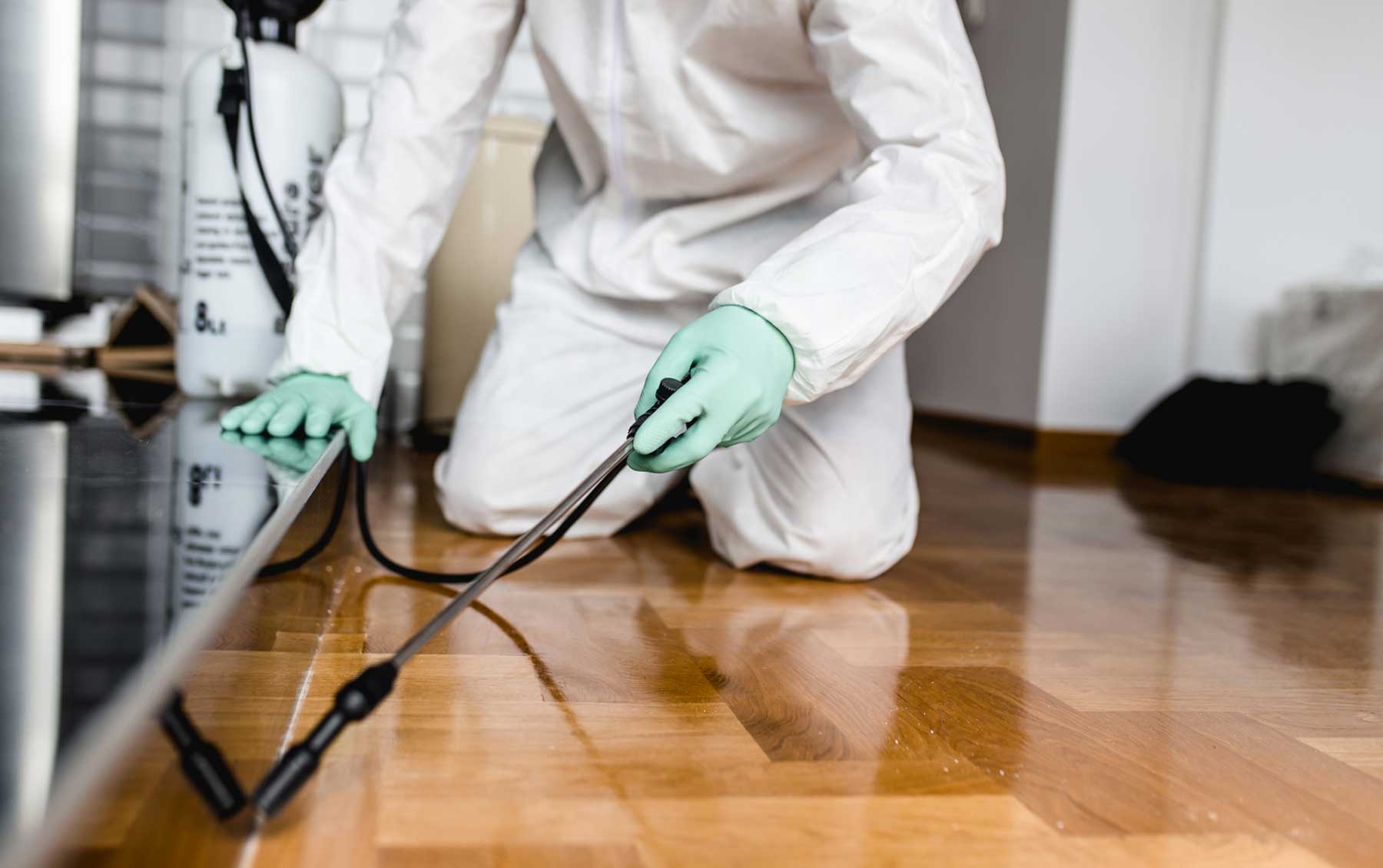Reliable Pest Control Washington DC: Secure Your Home and Organization!
Reliable Pest Control Washington DC: Secure Your Home and Organization!
Blog Article
Specialist Pest Control Techniques for Long-Term Outcomes
Expert bug control techniques envelop a detailed technique that starts with a detailed examination and analysis, followed by specific parasite recognition to recognize their behavior patterns. The application of Integrated Bug Administration (IPM) concepts, paired with eco-conscious therapies, develops the cornerstone of sustainable bug obliteration.
Inspection and Evaluation
Upon going into a residential property for insect control services, the first step is an extensive evaluation and evaluation to identify the extent of the infestation and establish the most reliable therapy strategy. Specialist pest control professionals are trained to meticulously analyze the properties, trying to find indications of bug task such as droppings, nibble marks, nests, or any kind of structural damages. They will likewise evaluate the problems that might be bring in insects, such as food sources, water leakages, or access factors.

Insect Identification and Habits

Additionally, comprehending the behavior of the recognized pest is key to implementing reliable control actions. Knowing where pests nest, what they feed on, and their task patterns can help pest control experts develop strategies to eliminate them successfully.
Integrated Parasite Administration (IPM)
Integrated Bug Management (IPM) methods incorporate numerous methods to regulate and protect against parasite problems in a sustainable and eco-friendly fashion. exterminator. By incorporating methods such as biological control, habitat manipulation, alteration of social techniques, and using immune ranges, IPM intends to lessen using chemical pesticides
One of the vital concepts of IPM is the focus on avoidance. This proactive technique includes tracking parasite populaces regularly to identify any prospective problems prior to they escalate. By identifying insect issues beforehand, pest control measures can be executed swiftly and successfully.
In addition, IPM promotes making use of non-toxic parasite control approaches whenever possible. This can include using natural predators of the parasites, introducing beneficial insects, or utilizing scents to interfere with breeding patterns. By minimizing dependence on chemical pesticides, IPM not only protects the environment yet additionally aids preserve an equilibrium in the ecological community.
Environmentally-Friendly Therapies
Applying eco-conscious approaches in pest control procedures can effectively resolve infestations while focusing on ecological sustainability. Environmentally-friendly therapies concentrate on decreasing the effect of parasite control approaches on communities, non-target organisms, and human wellness. These approaches commonly entail the usage of natural predators, such as ladybugs or nematodes, to regulate pest populaces, decreasing the need for chemical interventions. In addition, methods like habitat adjustment, such as readjusting wetness degrees or removing food resources, can aid deter insects without making use of harmful materials.
One more trick element of environmentally-friendly treatments is making use of organic and eco-friendly items that damage down rapidly without leaving dangerous residues in the environment. Botanical insecticides acquired from plants like chrysanthemums or neem use effective bug control while presenting minimal threat to non-target types. Using approaches like warm treatments or pheromone traps can target details pests with accuracy, Exterminator DC lowering the total ecological effect of insect control methods.
Recurring Surveillance and Maintenance
Normal assessments by skilled specialists are needed to recognize any type of indicators of pest activity, evaluate the efficiency of previous therapies, and make changes to the parasite control strategy as needed. By checking insect populations over time, bug control professionals can track patterns, anticipate possible problems, and carry out preventative measures to reduce the risk of future problems.
Along with tracking, upkeep methods are crucial for lasting bug control success. This consists of applying correct hygiene steps to get rid of possible food and water sources for bugs, securing off entry indicate protect against bugs from going into the properties, and addressing any type of architectural issues that could assist in parasite infestations (bed bug heat treatment). By integrating recurring monitoring and upkeep into an integrated parasite management approach, businesses can guarantee a pest-free atmosphere and secure their residential property against costly damage and health risks
Verdict
To conclude, utilizing professional bug control strategies such as extensive assessment and analysis, accurate pest identification and understanding of their actions, integrated bug monitoring techniques, environmentally-friendly therapies, and continuous tracking and maintenance are important for achieving lasting cause bug control. By implementing these techniques, people can properly take care of insect problems and maintain a pest-free atmosphere in a sustainable fashion.
Report this page